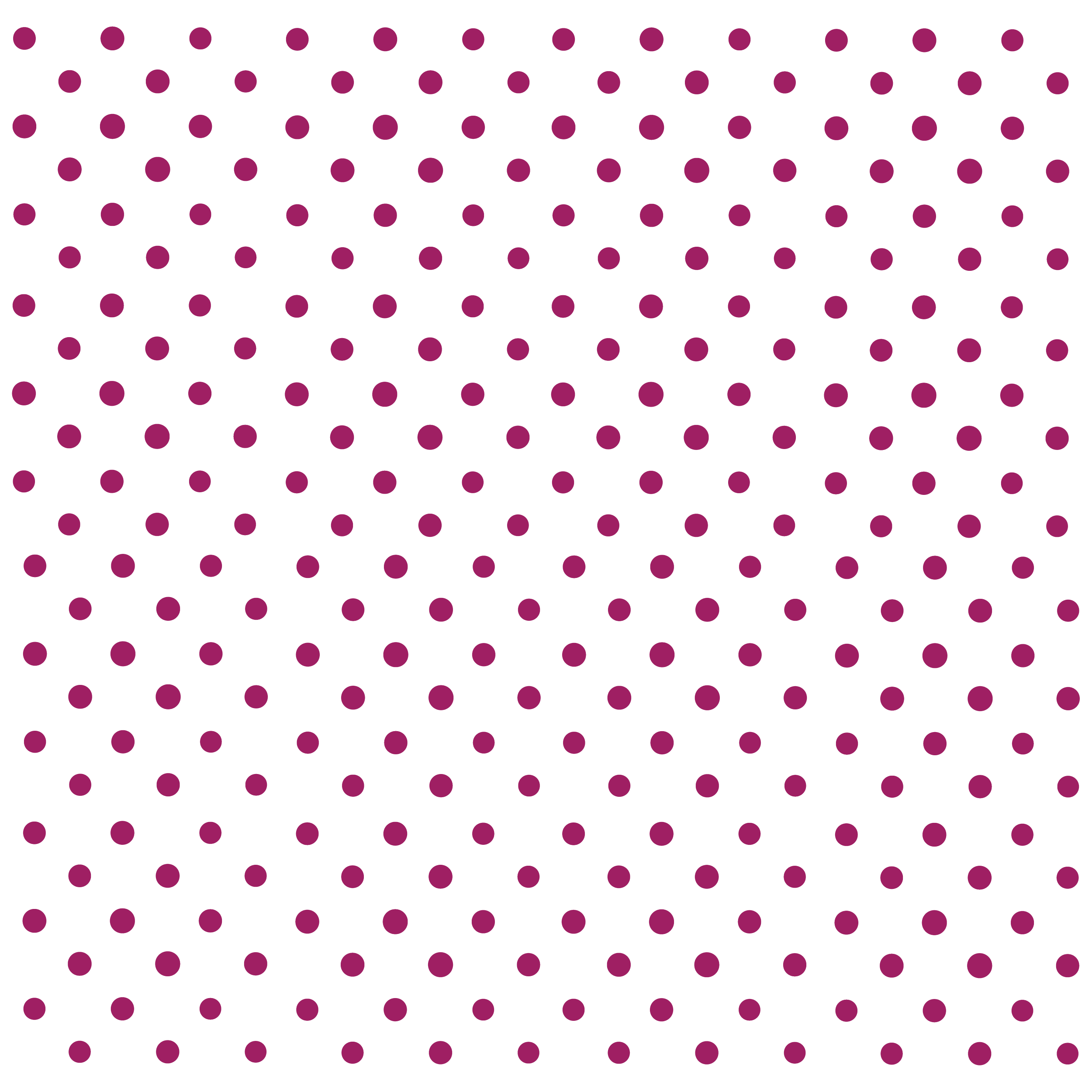Math Type
VERSATILE MATH QUESTION CREATION ACROSS ALL QUESTION TYPES
Content2Classroom offers a powerful and flexible platform for creating math questions across all question types, thanks to its integrated MathType plugin. This feature allows publishers to incorporate mathematical content seamlessly into any question type, providing a rich and varied learning experience for students.
MATH INTEGRATION: KEY FEATURES
Easy-to-use interface for creating complex mathematical equations and expressions
Supports a wide range of mathematical notations and symbols
Can be used in question stems, answer choices, and student input fields
Allows for creation of stepped-out solutions with fill-in-the-blank components
Enables drag-and-drop functionality for formula completion
What Makes Us Unique
CREATIVE MATH QUESTION AUTHORING ACROSS QUESTION TYPES
1. Multiple Choice
Use MathType to create complex equations in both the question stem and answer choices.
Example: Present a calculus problem with multiple possible solutions, each represented by a complex integral equation.
2. Fill in the Blank
Create step-by-step solutions where students fill in missing parts of equations, proofs, or mathematical statements either using type-in, drag and drop, or multiple choice of different elements.
Example: Provide a multi-step algebraic proof with key steps left blank for students to complete.
3. Label Image
Allow students to construct equations or complete mathematical statements by dragging elements into place.
Example: Have students build a quadratic equation by dragging coefficients and variables into the correct positions.
4. Matching
Create questions where students match equations with their graphs, solutions, or properties.
Example: Match different forms of conic section equations with their corresponding graphs.
5. Ordering
Have students arrange mathematical steps, equations, or concepts in the correct sequence.
Example: Order the steps of a complex integration problem from first to last.
6. Hot Spot
Use images of graphs or geometric figures and have students identify specific points or regions.
Example: On a graph of a function, have students click on local maxima and minima.
7. Short Answer
Allow for numeric or symbolic answers to mathematical problems.
Example: Ask students to solve a differential equation and enter the solution using mathematical notation.
8. Free Response
Enable students to write out detailed mathematical proofs or explanations, incorporating equations as needed.
Example: Have students explain the concept of limits in calculus, using equations and graphs to illustrate their points.
9. True/False
Present mathematical statements for students to evaluate as true or false.
Example: Show a complex theorem and ask students to determine if it's a valid mathematical statement.
10. Graphing
While not a traditional question type, incorporate graphing tools for students to plot functions or data.
Example: Have students graph a piecewise function based on given equations.
By leveraging these diverse question types in combination with MathType, content creators can develop comprehensive math curricula that cater to different learning styles, assess various levels of understanding, and provide students with a dynamic and interactive math learning experience. This versatility ensures that math education in Content2Classroom can be as diverse and multifaceted as the subject itself.



